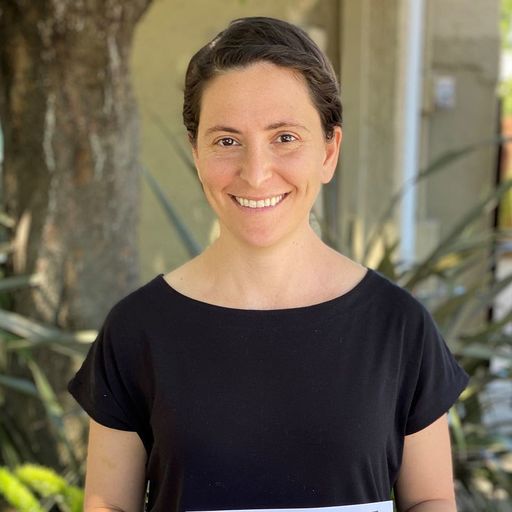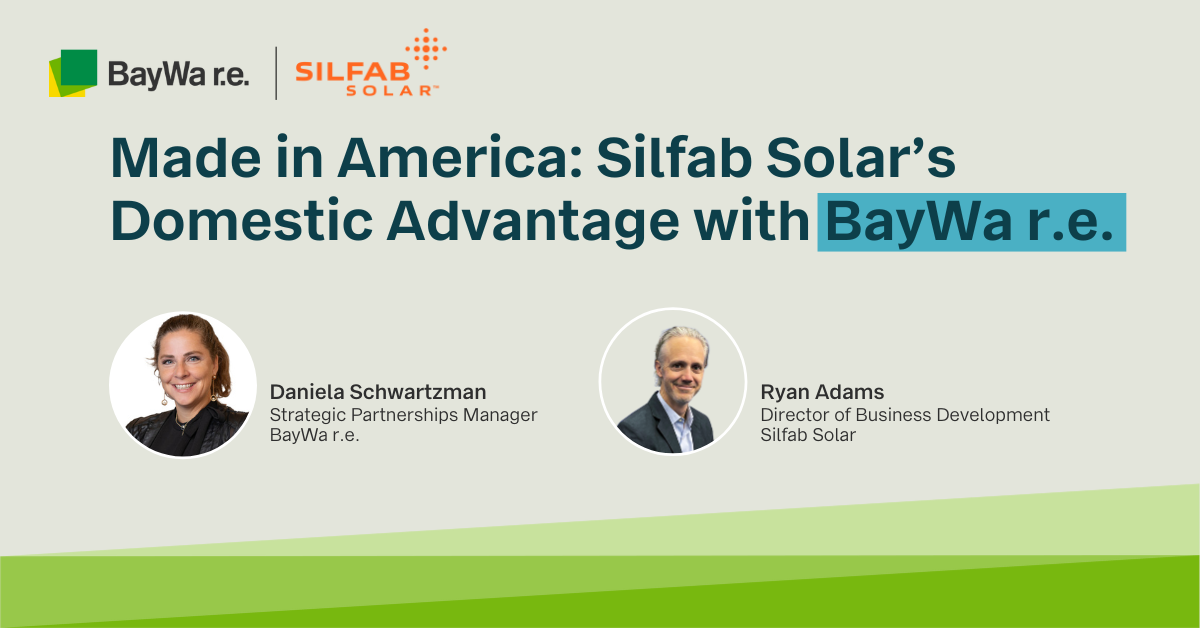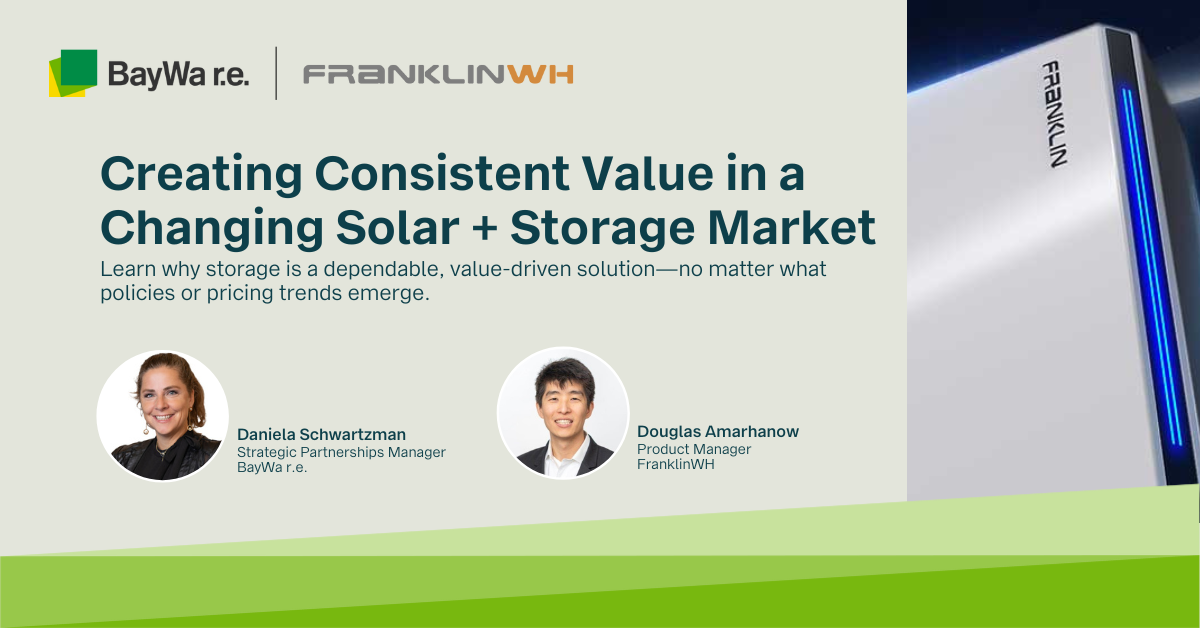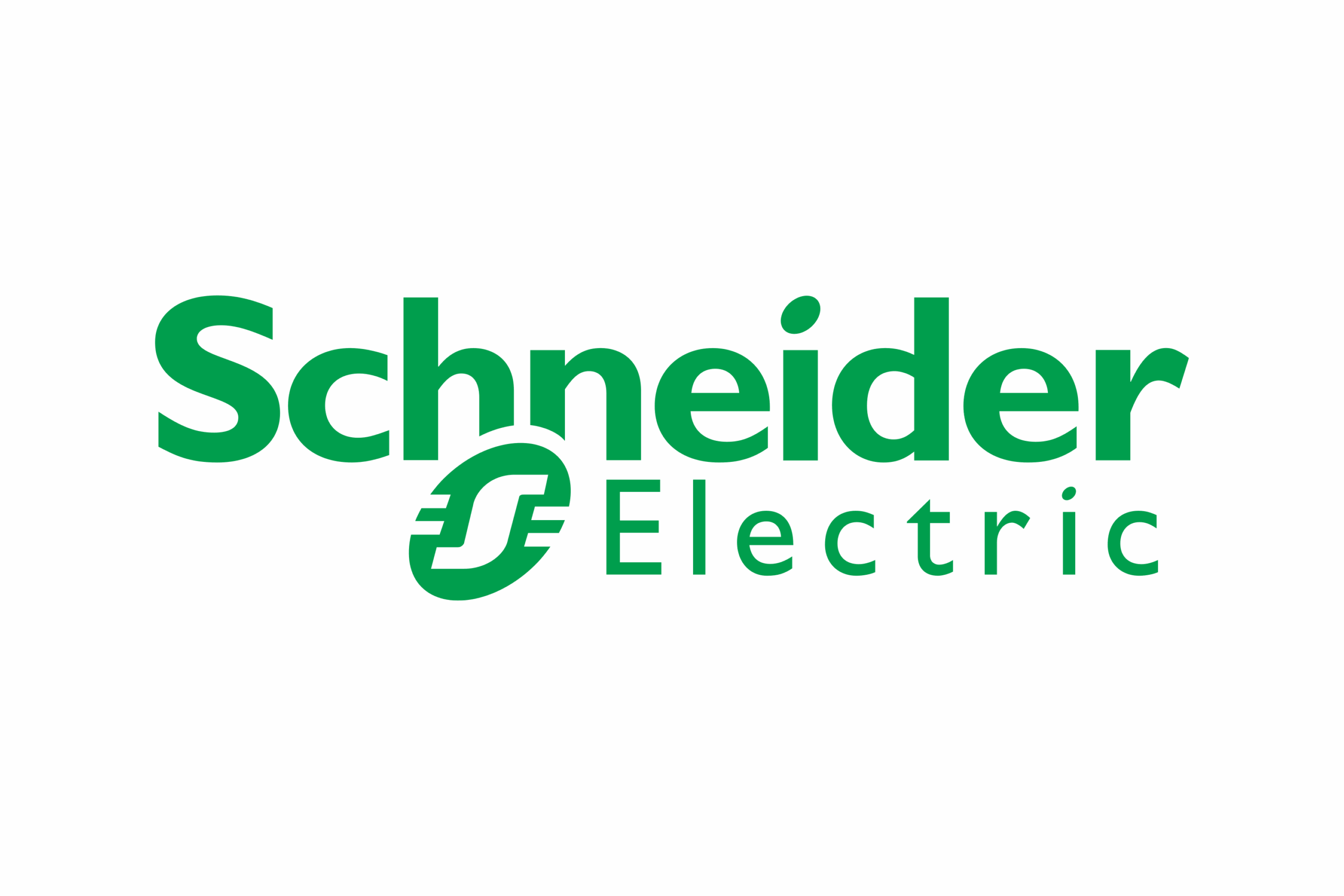Residential solar installers will be treated to a special financing-focused Solar Town Hall coming up Wednesday, February 24 (10:00 a.m. Pacific Time | RSVP). To preview this expert roundtable, we called up Bryan White, Research Analyst at Wood Mackenzie Power & Renewables, to set the scene for us. What’s happening right now on the solar financing landscape in the United States? What current trends and products should U.S. solar installers pay attention to? How can they balance product offerings with homeowner understanding and communication?
Podcast Summary:
Growth in residential solar loans: “What we’ve been seeing is residential solar loan growth continues to outpace PPA’s, leases, and cash sales… a trend that’s been happening for a few years now. And lately, longer-term, low-interest rate loans are growing increasingly popular. These products established low monthly payments, which has been really resonating with the customer.”
The counterintuitive reality of paying to save money: “Most solar customers are saving money by offsetting a portion of their utility bill through the power generated by their solar system. This is generally true whether the customer has a monthly loan or lease payments or assigned to PPA contract. So, if solar is creating bill savings for the customer, then they would actually be worse off if they stop paying their solar bill. Eventually, that would lead to a default and then system removal in all likelihood. That would bring that customer back to paying their full utility bill — and that’s probably going to be higher than the cost of their solar bill, plus whatever remains of their utility bill after accounting for that system offset.”
The solar financing industry is finally being heard: “Solar financiers have long been trying to convince capital markets that this would be the case, but the issue was that solar finance products haven’t survived a recession yet. There’s been no data to show that our hypothesis — that homeowners will be motivated to pay their bills — was true. It was just a hypothesis because it was such a young and immature financial product. [Now] we’ve seen a dramatic recession that’s hit a huge portion of American families really hard — and people have still been able to pay their bills because it saves them money. The solar financiers have been able to say, ‘You know, our hypothesis has been tested. We have confidence in it.’ As a result, more capital is coming into the market — which hopefully will drive down the cost of solar financing.”
Even as solar financiers partner with capital investors, they still drive expertise and efficiency: “The capital providers that they are partnering with don’t necessarily want to be involved in the day-to-day of solar operations… That’s where companies like these financiers can really come in and add value with their proprietary technology and software — that has really been built to assist contractors, managing their pipeline, fast credit approvals, just overall making the sales process more seamless. And I don’t see banks and credit unions… interested in actually developing any of those things, which just leaves a place for those companies.”
Jumping on the loan bandwagon: “The financier landscape for residential solar is primarily dominated by a handful of major TPO and loan providers driving most of the volume in the market. They’ve constantly been rolling out new product offerings as of late, and mainly they’re doing this to attract more installer partners onto their networks and be able to grow their own businesses. We see even TPO players like SunPower and Sunnova that are jumping onto the loan bandwagon through direct partnerships with banks, or investing in their in-house loan products to kind of drive that volume.”
The competition thickens around variety, technology, and rewards: “Almost every month a provider introduced a new interest rate or new loan tenor — and that’s largely driven by the fact that contractors both small and large are looking for ways to broaden the financial product suites that they offer to their customer bases. So, financiers are competing by trying to offer the widest array of options that they can. Secondly, I see them competing on technology and software enhancements. Major providers are constantly updating their platforms to make the process easier for contractors… from companies like Mosaic and LoanPal to upgrade their platforms, provide mobile capabilities, and just automate uploading of documents and things of that nature. Lastly… one of those ways that financiers can get more volume from those installers is to give them cash earlier on — before permission to operate. Due to some of the complexities and challenges we saw with COVID stretching timelines, that kind of trend was reversed for a few months. But in recent months as the market is recovering, we see a return to that trend of pushing cash out to the contractor earlier on in the project life cycle.”
Don’t forget approval rates as a differentiator: “Another place where they’re competing is approval rates and ease of use for the homeowner. Installers are very much focused on how many people can be approved, because that affects their customer acquisition costs and the number of jobs they can win. They’re also very interested in ease of use for the homeowner: the easier it is for the homeowner to get through the process, the more loyalty or more enthusiasm. It’s hard enough to sell someone on the idea of going solar — especially in certain markets where there isn’t widespread solar adoption — and installers hate having a lot of additional hurdles in the form of getting financing.”
As residential solar systems diversify, so will financing products: “Another interesting point I’ll mention in terms of where all this is headed in the financing space: see how residential solar financiers expand their solar-adjacent verticals like battery storage and home improvement. A lot of these are still in the early stages, but are definitely part of the growth story for these [financing] companies. Then there’s also opportunities on the horizon for things like financing the deployment of UV charging, roof replacement, and smart energy devices.
How will loan structures change as ITC steps down? “As the ITC steps down… are there going to be more frequent re-amortizations in a loan, assuming that there would be other times people would make monthly payments? Are we just going to move to kind of a flat, fixed rate loan structure? Another loan trend that I’m seeing is… same-as-cash that then turn into fixed-rate loan. So, I’m really curious to see how the financiers innovate as the ITC steps down — or frankly just to compete in a landscape where it can be hard for them to differentiate, and where people don’t necessarily want to just participate in a race to the bottom on price.”
Best practices to set installers up for success with financiers: “I have four things which top of mind for when I’m talking to installers lately. We’ve talked a little bit about technology platforms: contractors need to be working with partners who have platforms that are easy to use and can seamlessly integrate into whatever platforms they’re using… Secondly, managing counterparty risk. When you’re a contractor looking to partner with a financier, I think it’s important to pay attention to what they’re asking of you to provide the due diligence… [if] whatever they’re asking of you they’re also asking of other contractors of a similar size and geography and things like that… Thirdly is looking at your product offerings and making sure that your financing partners are actually capable of financing what you want to offer to the consumer… sometimes there’s restrictions on different geographies for different [financial] products, so you want to make sure that they’re capable of actually financing whatever volume you’re doing. Lastly, just a broader point around balancing the diversification of your offerings and the simplicity. It makes sense to have a few different financing partnerships and different relationships that are going to help your organization grow, but you also don’t want to make it overly complicated. The more partnerships that you have, the more products, the more tools, the more systems you have to integrate and make sure that they are all compatible. And that’s also more that your sales staff has to learn to be able to utilize and communicate when they’re trying to make the pitch to the customer.”
Why we’re talking about originators at the next Solar Town Hall: “Originators, when things go well, can really help an installer keep their costs under control and help them drive the growth of their business. But when it’s not managed well, it can really lead to some poor homeowner experiences… I’m having more conversations with installers who, especially in less mature solar markets, are saying, ‘How do I decide whether or not to use this business model? And if, if I decide to put my foot in the water, what do I do to make sure that I can learn from other people’s mistakes, rather than repeating the same mistakes others have made before me?’”
Tips for working with third party sales originators: “Technology and product offerings are even more important and more relevant when you work with these third-party organizations (integrating technology platforms, making sure that your systems can talk to each other, etc.). I can’t emphasize enough how crucial that is for a seamless sales process. When you bring in an additional party on that, just adds a layer of complexity there. I’ve heard stories of installers that are working with sales organizations who are pushing products and then say, ‘Oh, my financier, doesn’t actually finance that product.’ So, you need to be on top of managing those relationships and making sure that you have the access to the capital for those types of sales, and take stock and what you’re able to provide.”
Communicate and clarify expectations with the homeowner: “Some installers are starting to also check to make sure that the homeowner understands what they signed, and that the homeowner’s expectations align with what is being handed over to the installer at the time of the contract. As early as possible, find out if there’s any misalignment between what was said in the sales conversation and what’s actually written on paper, because a lot of homeowners don’t always read or notice when there’s a gap between what was discussed and what was actually written out. And you want to catch that as early as possible before you invest a lot of money in the transaction and then get really far along — and find out that there’s a gap between homeowner expectations and what’s on the contract.”

Rachel Schapira is Director of Residential Financing with BayWa r.e. Solar Systems. She has worked in energy and technology management for more than 15 years, joining us in March 2020 from Mosaic.
BayWa r.e. Solar Distribution supplies residential and commercial solar installers in the United States with quality solar + storage components, forecasting, business planning advice, and a community of experts. Visit www.solar-distribution.com to engage with our team, read our industry insights articles, and stream our Solar Tech Talk podcasts and recorded webinars on YouTube and Spotify. Follow us on LinkedIn and Facebook to stay connected. Ask us about our Financing Program and use our industry-leading Webstore to save time, get gear shipped, and get jobs done!
Part of the BayWa r.e. Global family of renewable energy companies.




